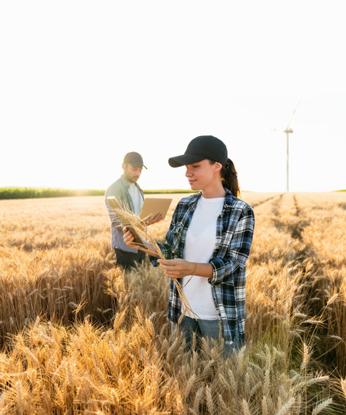Laipni lūgti EU-FarmBook
EU-FarmBook izstrādā ES mēroga atvērtā koda interaktīvu datubāzi. Tā ir vieta, kur lauksaimnieki, mežsaimnieki un konsultanti gūst iedvesmu inovācijām. Tajā apkopoti tādi praksei noderīgi materiāli kā videomateriāli, lietošanas rokasgrāmatas, infografikas un daudz kas cits.

